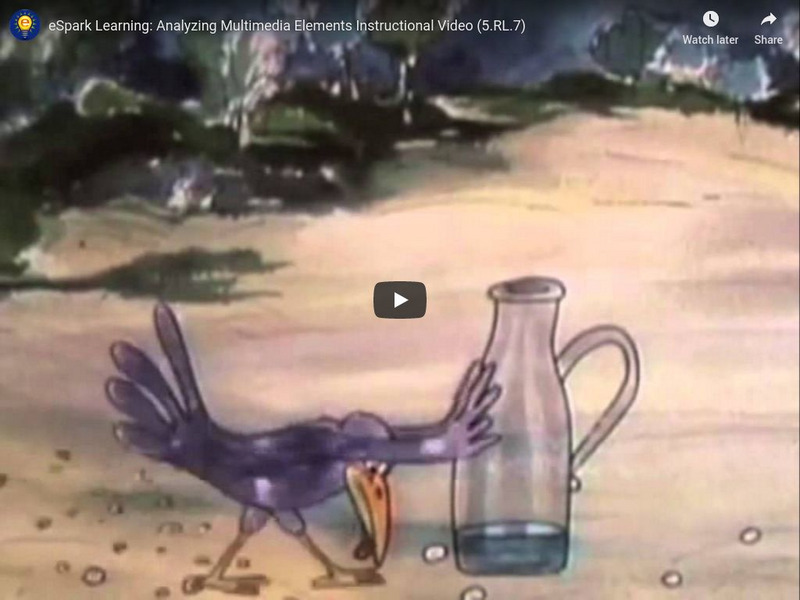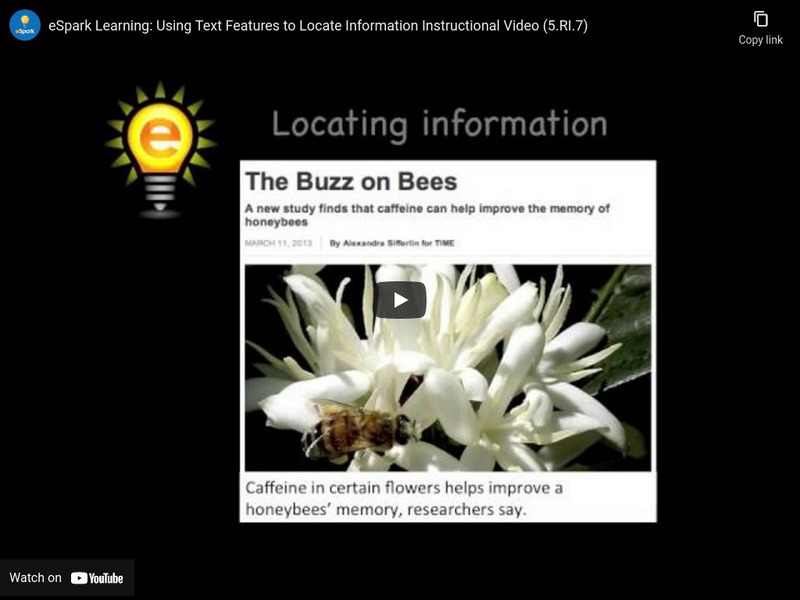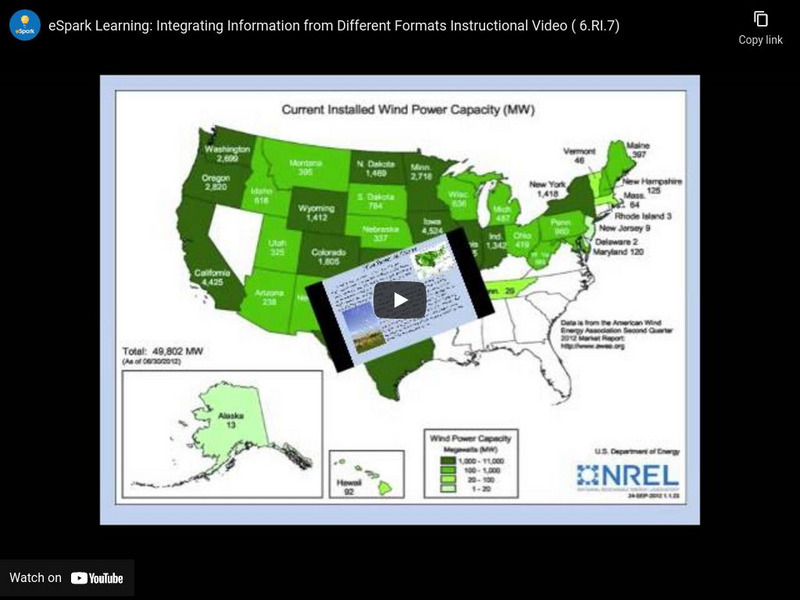Lesson Planet
EdTech Tuesday: NewsBug
Here is a great sneak peek into the NewsBug app, which curates news stories and images appropriate for classroom use and is free from social media connections and in-app purchases.
PBS
Wyoming Women Get the Vote | State of Equality
After watching the trailer for the documentary State of Equality, class members conduct addition research and develop a digital presentation, poster or essay about the Women's Suffrage Movement.
PBS
Why Do Our Brains Love Fake News?
Fake news is all about the dorsolateral prefrontal cortex versus the orbitofrontal cortex. Huh? Get the facts, the real deal, with a short video that explains clearly and succinctly what's going on in our brains that leads us to listen...
British Council
William Shakespeare
After watching a three-minute video detailing the life of William Shakespeare, scholars take part in several activities designed to show what they know about the famous writer. Learners read a series of eight sentences and put them in...
HISTORY Channel
Women in the Cockpit
Alberta Kinney was a member of the Women's Airforce Service Pilot (WASP) program. They were some of the first women in America to fly army aircraft in World War II. Viewers discover who Kinney was and how the program...
Townsend Press
Active Reading and Study
The difference between an active reader and a passive reader has to do with the ways they access the same material. Review study skills and note-taking techniques with a video about active reading, which includes tips for using...
Townsend Press
Critical Reading
Skilled readers know that any author's argument must be carefully analyzed and evaluated. Assist youngsters in their reading pursuits with a video about logical fallacies, including circular reasoning, straw man arguments, and false...
Townsend Press
Relationships I
Transition words can be a very important addition to any writer's toolbox. Learn more about addition words and time words, and how they can enhance the organization of any writing passage, with an informative video about reading...
Townsend Press
Relationships II
Cause and effect, problem and solution, compare and contrast, illustration and example -- your class has undoubtedly seen these essay structures before. But how are they related? Watch a reading video about the ways relationships between...
Townsend Press
Argument
Form well-crafted arguments with the help of an educational video. Fourth graders study various examples of persuasive arguments, including thesis statements and cartoons, and observe the ways that supporting details can enhance the...
Townsend Press
Purpose and Tone
A powerful image or well-placed comment always has intention behind it. Guide young readers through author's purpose and tone with a language arts video that explains why word choice is key in writing clearly and coherently.
Townsend Press
Inferences
A picture is worth a thousand words. Help your class out with some of those words with a video about drawing inferences from reading passages, images, and other media. The resource focuses on the supporting details of each passage...
Townsend Press
Implied Main Ideas
Skilled readers can find the main idea of an informative passage without finding it directly stated. A reading video prompts elementary learners to examine supporting details in several examples, and to infer what the main idea...
Townsend Press
Supporting Details
Helpful for both reading and writing units, a video about identifying supporting details in reading passage shows young learners the importance of bulking up informative writing. The presentation uses cartoons and longer passages to...
Townsend Press
Main Ideas
Once you find the main idea of a paragraph, it's easy to see how the rest of the details are supporting evidence. Take your readers through an explanatory video that demonstrates the points and supports of several reading examples.
eSpark Learning
E Spark Learning: Analyzing Multimedia Elements Instructional Video (5.Rl.7)
This eSpark Learning video aligns with Common Core Standard RL.5.7: Analyze how visual or multimedia elements contribute to the meaning, tone, or beauty of a text.
eSpark Learning
E Spark Learning: Using Text Features to Locate Information (Ri.5.7)
This video explains how to find the central idea and identify text features in print or digital nonfiction text. It uses several engaging articles as examples including one about a machine that splits Oreo cookies. [7:42]
eSpark Learning
E Spark Learning: Integrating Information From Different Formats (Ri.6.7)
This video discusses how to use nonfiction text features to better understand what is being read. [4:19]
Other
Flocabulary: The 5 Types of Text Structure
How do authors organize the texts they write? This musical video teaches five common text structures used in informational and nonfiction text: description, sequence, cause and effect, compare and contrast, and problem and solution. [3:49]


















